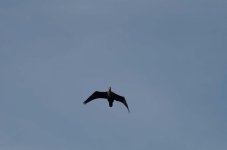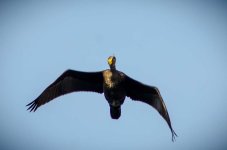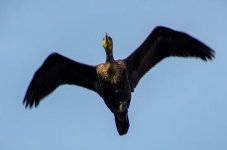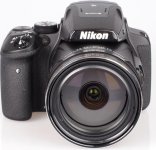I sometimes use a Pentax Q for having a crop factor of 5,6X, but you need to be very close and with a very calm subject.
D7000 with 70-300mm f4-5.6G fly by can not remember the distance, many pictures that day. (It is close 20-30m at a harbour near the fishing boats)
Full picture, not edited:
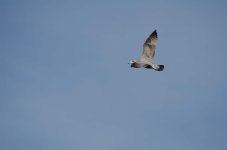
you can see I believe (not certain), that the lens is a bit sharper at 270mm so that is what I shoot at mostly, f6.3 a little stopped down to increase sharpness further.
Cropped and edited:
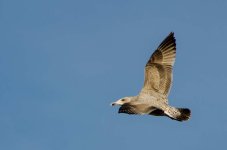
D7000 with 70-300mm f4-5.6G fly by can not remember the distance, many pictures that day. (It is close 20-30m at a harbour near the fishing boats)
Full picture, not edited:

you can see I believe (not certain), that the lens is a bit sharper at 270mm so that is what I shoot at mostly, f6.3 a little stopped down to increase sharpness further.
Cropped and edited:

Last edited:

